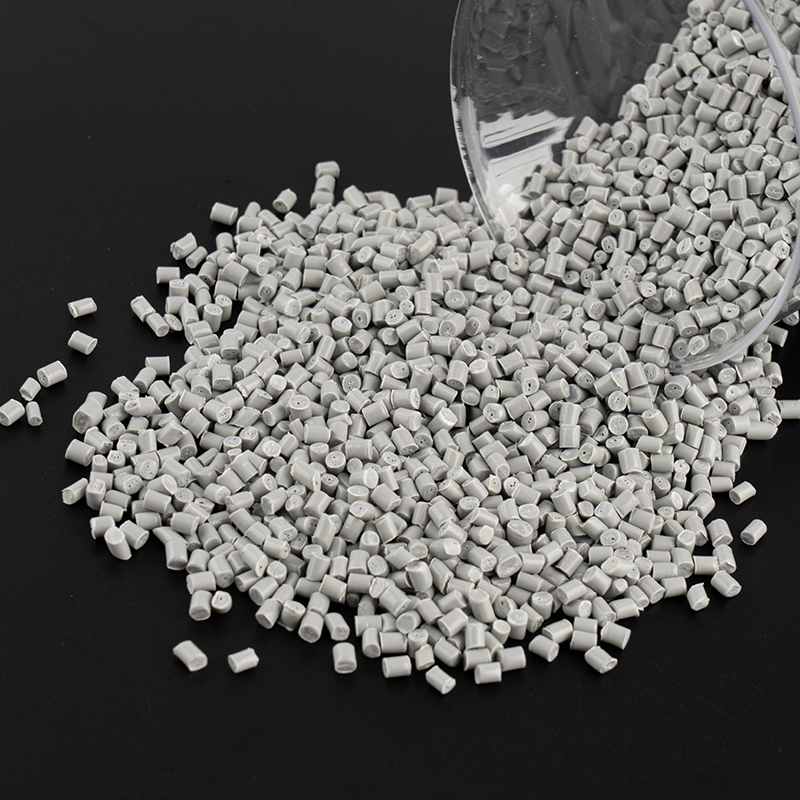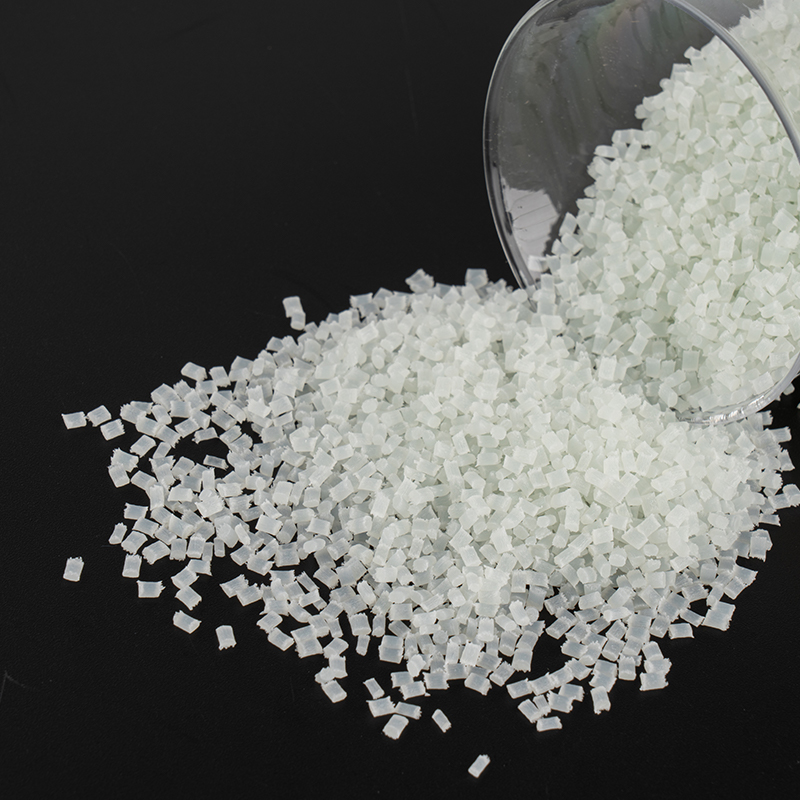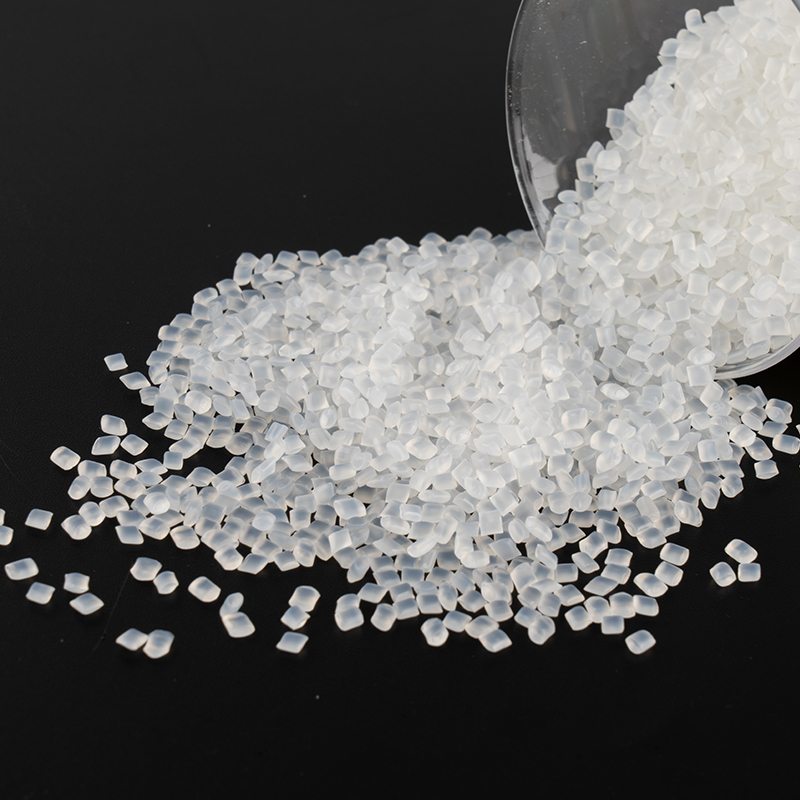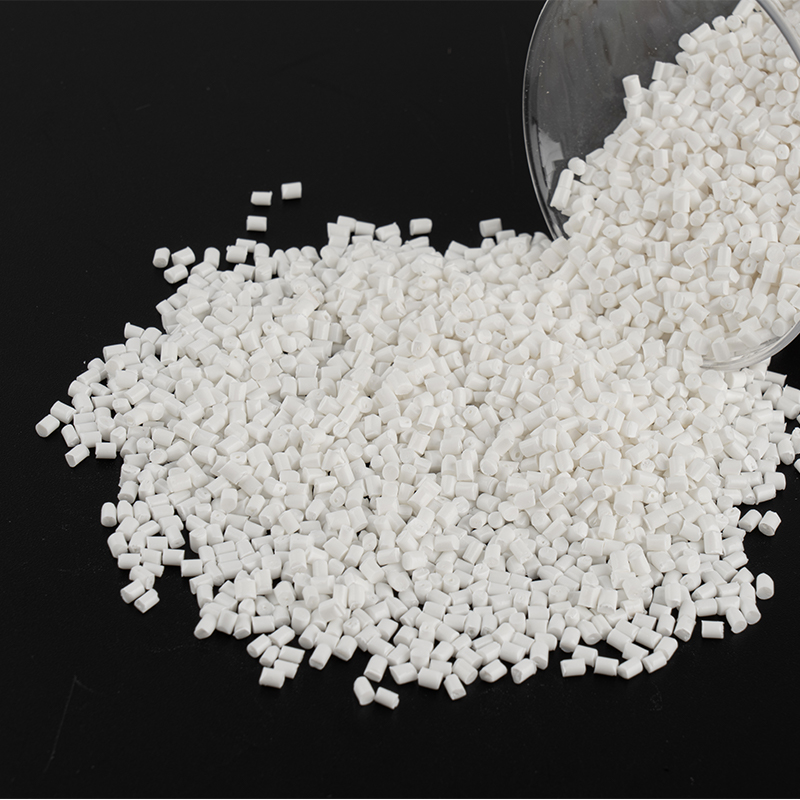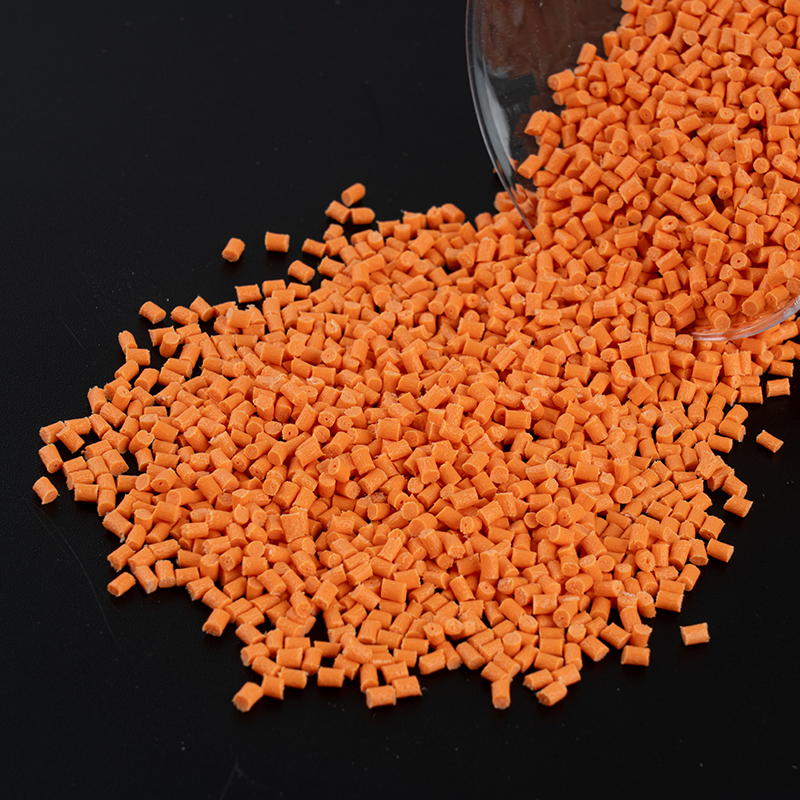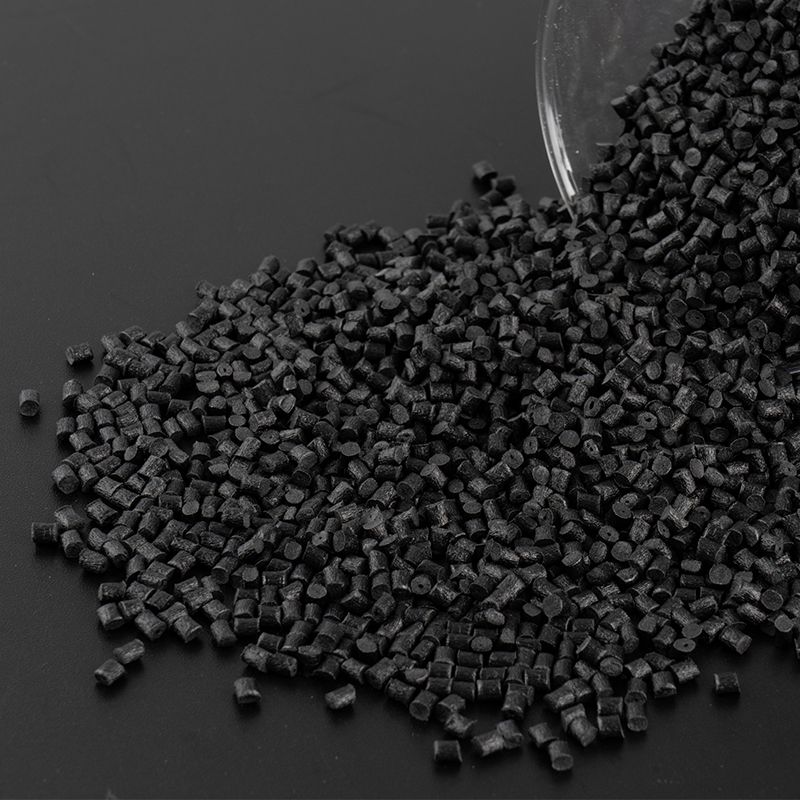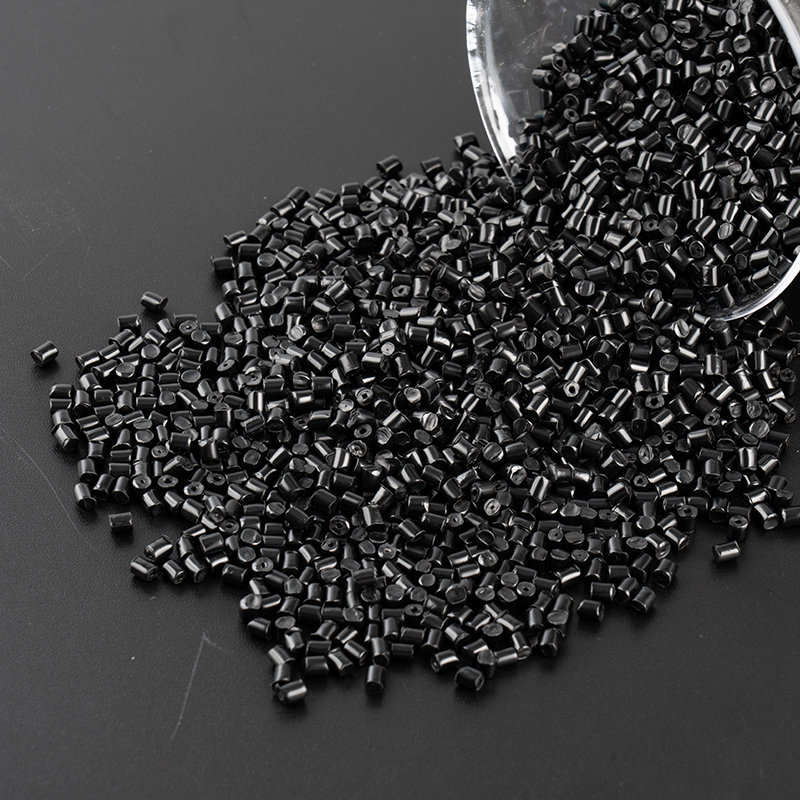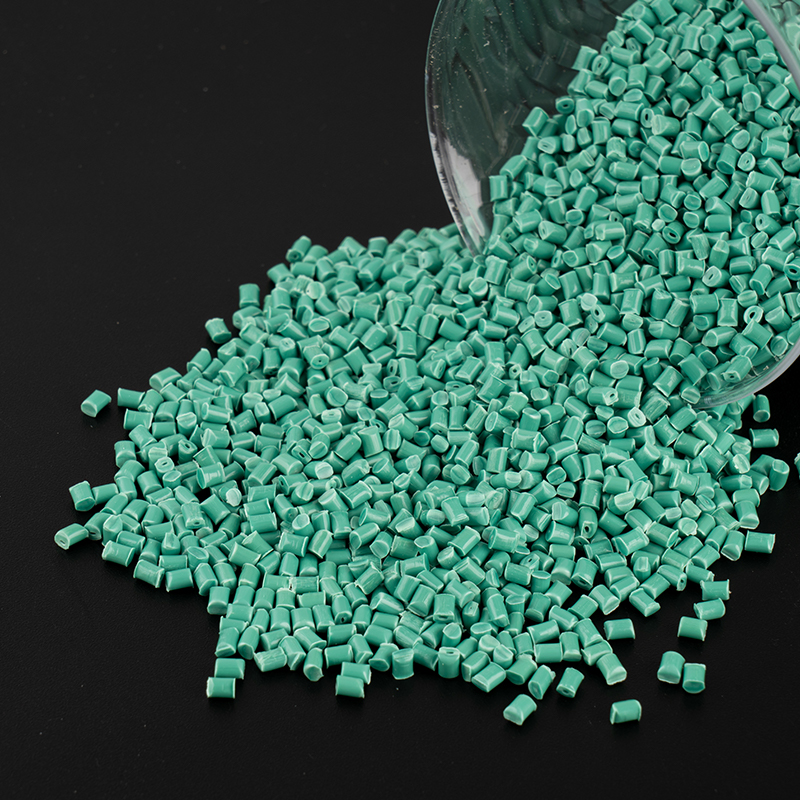Polypropylene (PP) and Polyethylene (PE) are two of the most commonly used thermoplastic materials in the plastic industry. They have wide applications in various sectors, including automotive, electronics, electrical appliances, packaging, and household products. However, as technology continues to advance, the modification of polypropylene and polyethylene has become an important direction for industry innovation. Modified polypropylene (PP) has gained prominence as the material of choice for many high-performance applications due to its enhanced properties, while polyethylene (PE) remains widely used for consumer goods and low-performance applications due to its excellent processability and low cost.
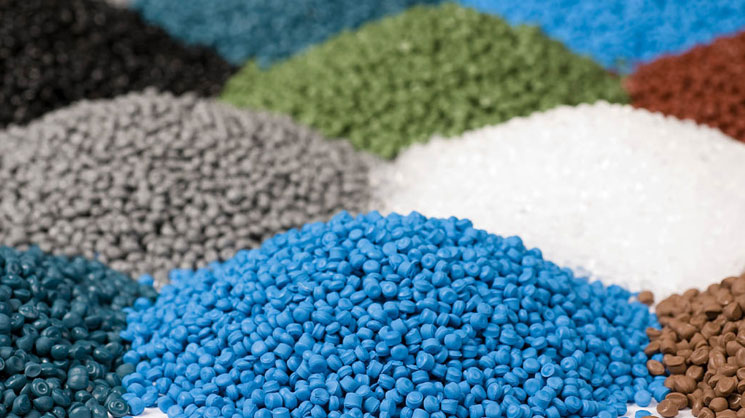
1. Overview of Polypropylene (PP) and Polyethylene (PE)
Polypropylene (PP)
Polypropylene is a thermoplastic polymer known for its excellent chemical stability, high strength, heat resistance, and relatively low density. Modified polypropylene typically improves its properties by adding reinforcing materials such as glass fibers, mineral fillers, or rubber, enhancing its mechanical strength, heat resistance, and impact resistance. Modified PP not only offers superior mechanical properties but also exhibits significant improvements in aging resistance and chemical corrosion resistance, making it widely used in automotive, home appliances, and packaging industries.
Polyethylene (PE)
Polyethylene is also a thermoplastic polymer, and it is classified into low-density polyethylene (LDPE) and high-density polyethylene (HDPE) based on its density. PE has good chemical stability and is low-cost, making it suitable for mass production. LDPE is typically used for manufacturing films, plastic bags, and lightweight products, while HDPE is widely used in pipes, containers, and automotive parts. Polyethylene is advantageous in terms of processability, but it may not perform as well as modified polypropylene in high-performance applications.
2. Durability Comparison
1. Chemical Resistance
Polypropylene (PP) exhibits excellent chemical resistance. Its chemical structure allows it to withstand various acids, alkalis, solvents, and oils, making modified PP an ideal choice for chemical processing equipment, containers, and medical devices. Modified PP is often used for parts that need to endure harsh environments, such as chemical storage containers and piping systems.
In comparison, polyethylene (PE) has good chemical resistance, but its performance is slightly inferior to PP when exposed to strong acids or alkalis. However, HDPE offers superior chemical resistance compared to LDPE, which is why PE remains widely used in many sectors, particularly for everyday products and industrial packaging.
2. Heat Resistance
Heat resistance is a key distinction between polypropylene and polyethylene. Modified polypropylene has higher heat resistance, typically tolerating temperatures up to 150°C, while standard polyethylene can withstand only around 120°C (for HDPE) and 100°C (for LDPE). Therefore, modified PP is better suited for high-temperature environments, such as in automotive engine components and home appliance housings.
Polyethylene, with its lower melting point, tends to deform and lose strength in high-temperature environments. This is especially true for LDPE, which makes it more suitable for applications in normal or low-temperature environments.
3. Wear Resistance and Impact Resistance
Modified polypropylene, through the addition of glass fibers, mineral fillers, and other reinforcing materials, demonstrates excellent wear resistance and impact resistance. Its high strength and rigidity enable it to withstand heavy mechanical loads, making it ideal for high-strength applications. For example, modified PP is commonly used in automotive, home appliance, and industrial equipment parts, which require high strength and long-term durability.
Polyethylene (especially HDPE) also performs well in wear resistance and impact resistance, making it suitable for applications such as conveyor belts and piping systems. However, while PE is excellent in impact resistance, its strength and rigidity are generally lower than modified PP. Therefore, in some high-load applications, PE may not meet the required performance standards.
3. Processability Comparison
1. Molding and Processing
Polyethylene excels in molding and processing, particularly in injection molding and extrusion processes. The material has excellent flowability, which allows for molding at relatively low processing temperatures and short molding cycles, making it ideal for mass production. LDPE has excellent flowability, making it suitable for manufacturing thin films and containers, while HDPE, with its higher rigidity, is well-suited for producing sturdier parts like pipes and tanks.
Modified polypropylene, in comparison, is slightly more complex to process, particularly when high filler content (such as glass fibers) is used. Injection molding and extrusion of modified PP may require higher temperatures and pressures. However, modified PP offers excellent processing stability and can adapt to various processing techniques, especially for high-performance industrial applications.
2. Welding and Jointing
Both polypropylene (PP) and polyethylene (PE) exhibit good weldability, but there are some differences. Polypropylene has a higher melting point, requiring higher temperatures for welding, but the resulting joints tend to be stronger, making it ideal for manufacturing larger components. Modified PP is particularly suitable for parts that need to withstand significant forces, such as automotive and home appliance housings.
Polyethylene, with its lower melting point, is easier to weld, especially HDPE. The welding joints formed tend to be strong and are commonly used in piping system connections. In some high-temperature applications, polyethylene welding can handle significant pressure and impact, especially in low-temperature environments.
4. Performance Comparison Table
Below is a comparison of modified polypropylene (PP) and polyethylene (PE) in terms of durability and processability:
| Property | Modified Polypropylene (PP) | Polyethylene (PE) |
|---|---|---|
| Chemical Resistance | Excellent, resistant to acids, alkalis, solvents | Good, resistant to acids and alkalis to a lesser degree |
| Heat Resistance | High (up to 150°C) | Moderate (HDPE ~120°C) |
| Wear Resistance | Excellent, suitable for high-strength applications | Good, suitable for medium to low-strength applications |
| Impact Resistance | Excellent, especially with modifications | Good, HDPE performs better than LDPE |
| Processability | Good, suitable for high-performance applications | Excellent, ideal for mass production |
| Weldability | Good, ideal for large parts | Good, commonly used in piping systems |
5. Market Applications Comparison
Applications of Modified Polypropylene (PP)
Modified polypropylene, due to its high strength, chemical resistance, and heat resistance, is widely used in industries that demand high performance. In the automotive industry, modified PP is used to manufacture interior and exterior components, engine covers, and other parts. In home appliances, modified PP is commonly used for microwave oven housings, refrigerator components, and more. Additionally, modified polypropylene is used in medical devices, packaging containers, and other high-performance applications.
Applications of Polyethylene (PE)
Polyethylene’s low cost and excellent processability make it ideal for use in many everyday products. LDPE is commonly used for plastic bags, food packaging films, and lightweight products, while HDPE is used for making sturdier components such as containers, pipes, and toys. PE is widely used in construction, agriculture, packaging, and consumer goods sectors, particularly in mass production where cost efficiency is critical.






